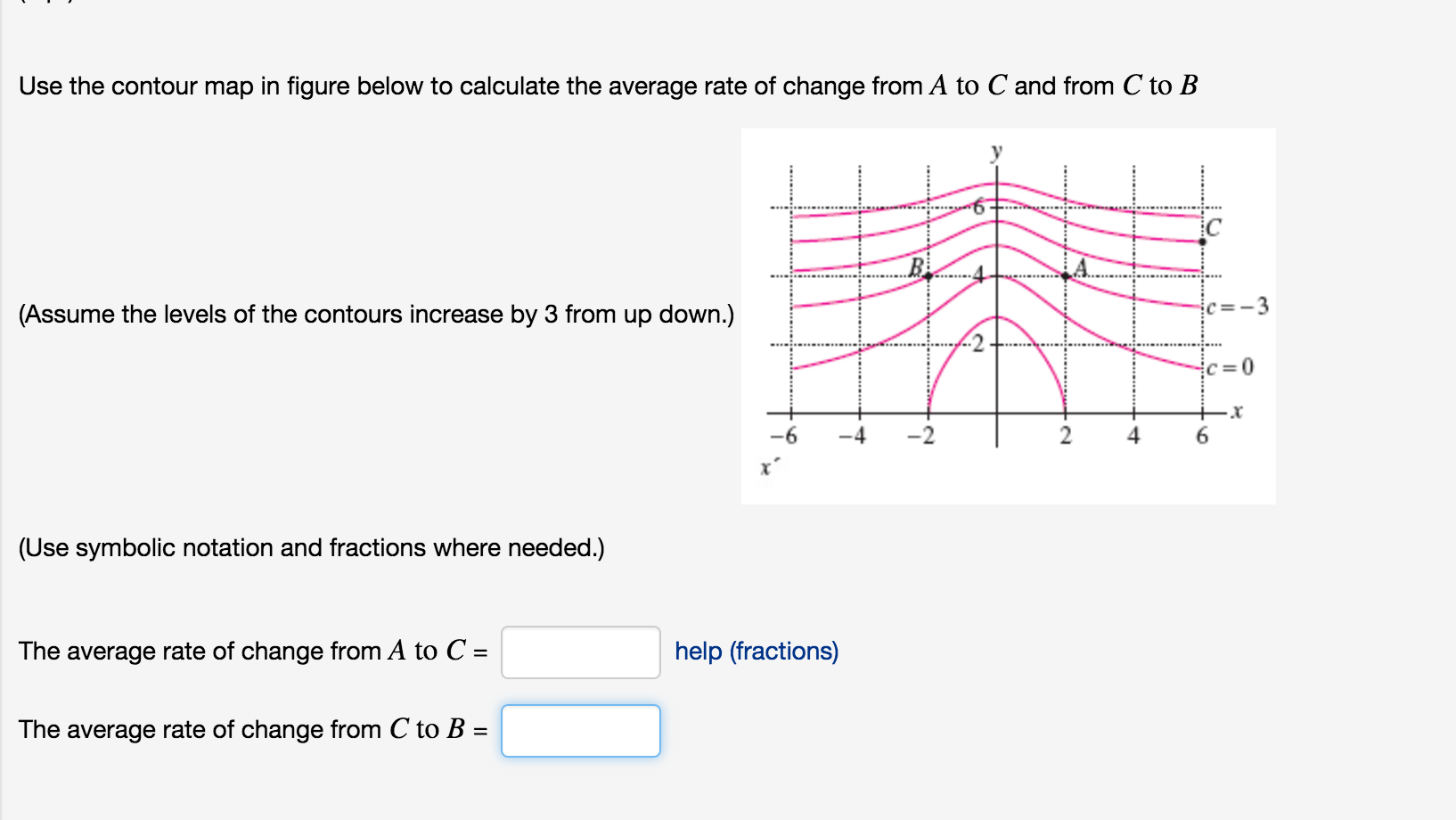


Geometry x equals negative b over 2 times a verification#
Verification with empirical data reveals that nice agreement exist for utilized mathematical model. Grids with structural configurations were utilized for two suggested styles of containers. Finite volume approach with including implicit method was applied to solve these transient equations.

The fraction of nano-sized material is poorer than 0.04 and selecting single phase methodology is acceptable. The hot fluid within the spiral pipes is hybrid nanomaterial. The paraffin has been enhanced with adding CuO nanoparticles. It is also inferred that the hybrid‐nanoparticles performance is far better than the common nanofluids.Ĭurrent study is about the charging process of paraffin within a tank with spiral duct. Also, both the models show increasing trends toward increasing the volume fraction rate of silver‐gold hybrid nanoparticles. The analysis shows that surprisingly the Yamada–Ota model of the Hybrid nanofluid gains high temperature and velocity profile than the Hamilton–Crosser model of the hybrid nanofluid. A comparison with already reported results is given in order to confirm the current findings. The influence of different parameters on the physical quantities is addressed via graphs. The MATLAB solver bvp4c package is used to solve the numerical solution of this coupled system. The model is made up of paired high nonlinear partial differential equations that are then transformed into ordinary differential equations which are coupled and strong nonlinear using the boundary layer approximation. The thermal conductivity models, that is, Yamada–Ota and Hamilton–Crosser models are used to investigate various shapes (Blade, platelet, cylinder, and brick) of hybrid nanoparticles. Flow and heat transfer mechanism is detected in the presence of magnetohydrodynamics between the two parallel infinite plates. Silver–gold hybrid nanofluid particles with different shapes are inserted in the base fluid engine oil. The present study examines the impact of unsteady viscous flow in a squeezing channel.


 0 kommentar(er)
0 kommentar(er)
